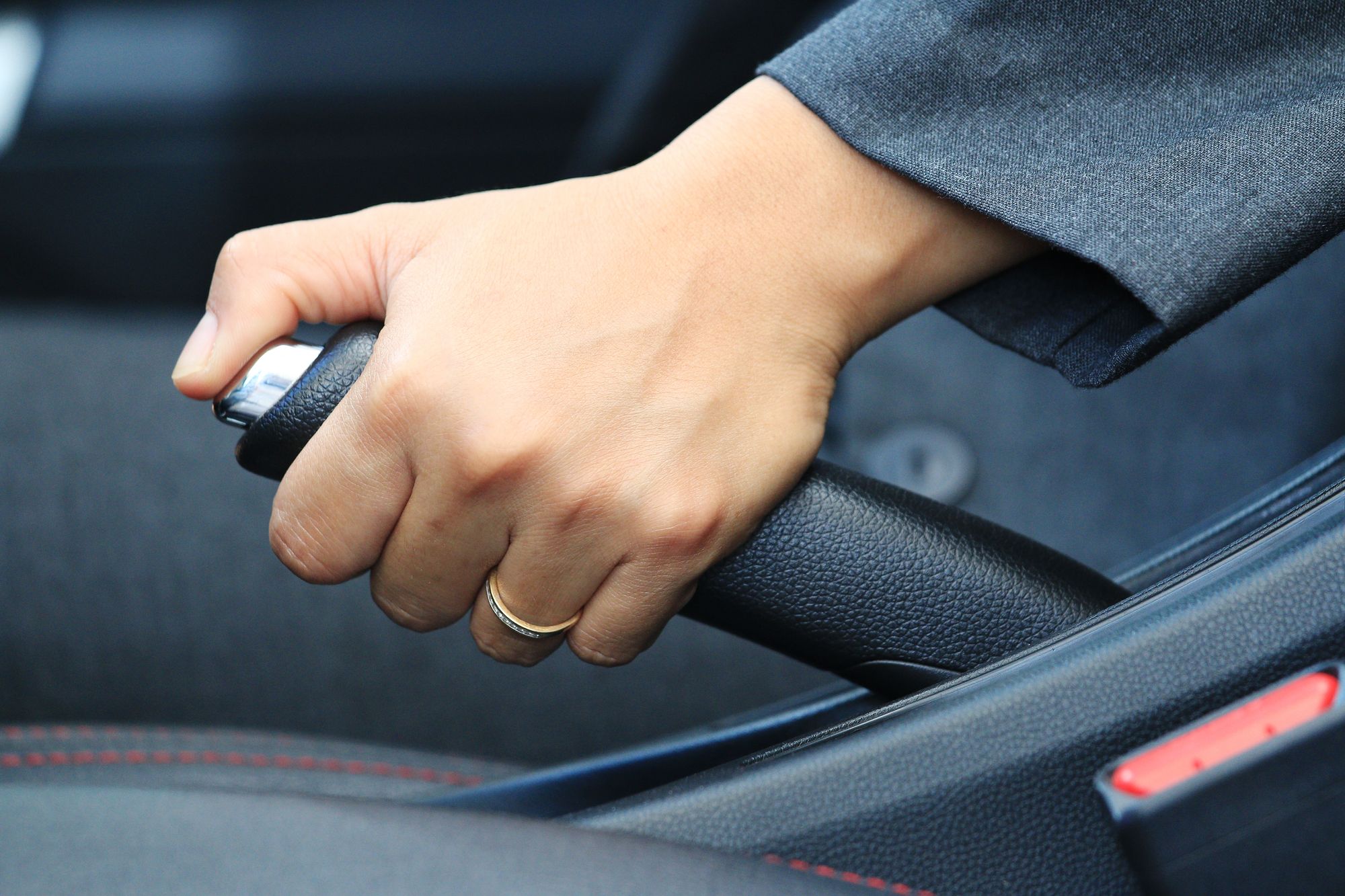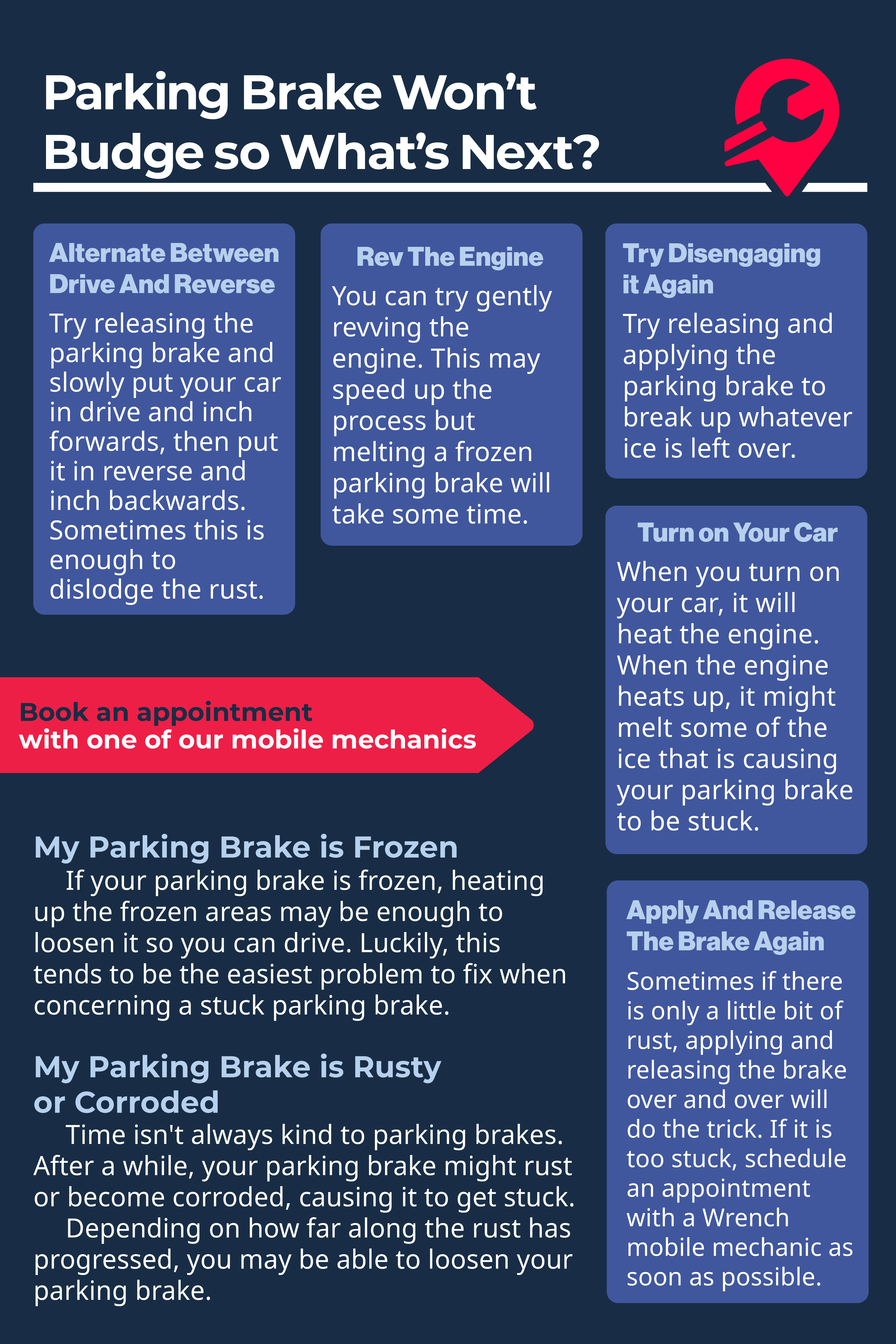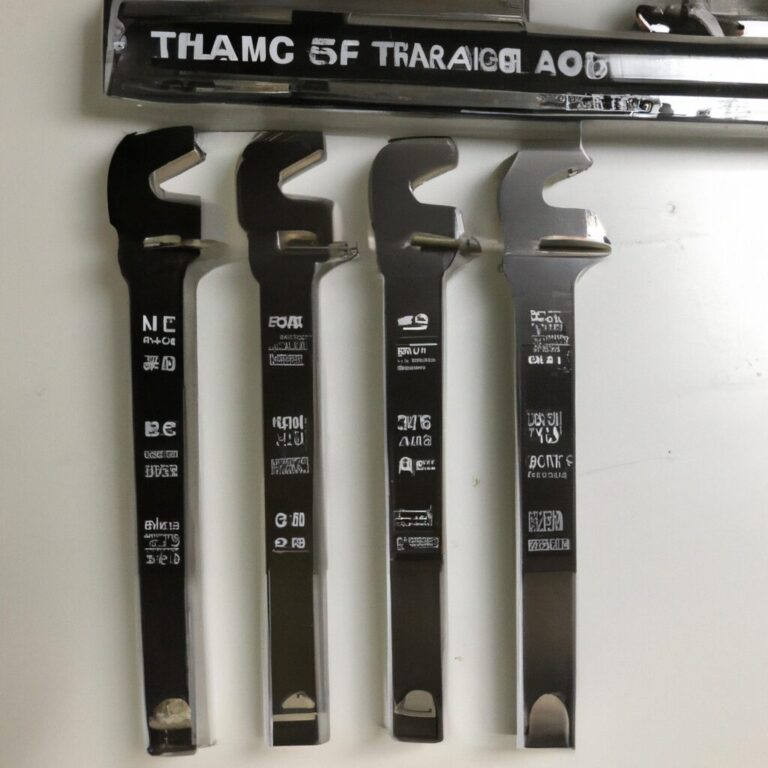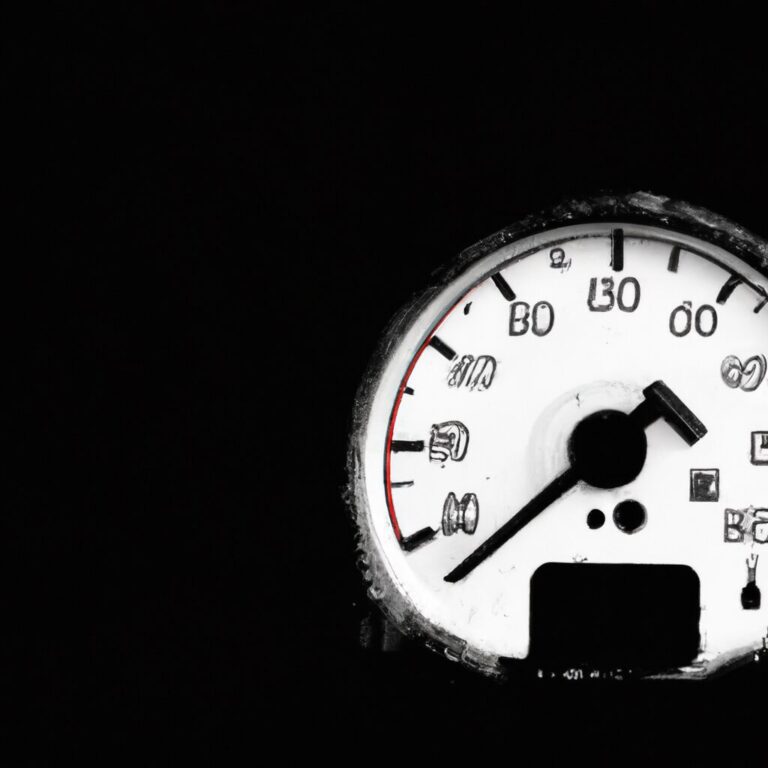How to Unstick an Emergency Brake
To unstick an emergency brake, first, locate the release lever or button in the vehicle console. Then, firmly push or pull it to disengage the brake.
Emergency brakes, also known as parking brakes, are essential safety features in vehicles. However, if the brake becomes stuck, it can pose a problem when trying to move the vehicle. Knowing how to release an emergency brake properly is crucial for every driver.
We will discuss simple steps to follow to unstick an emergency brake and get your vehicle back on the road safely and smoothly. By understanding the mechanism of the emergency brake and following these steps, you can quickly resolve the issue and prevent any further complications.

Credit: m.youtube.com
Understanding The Emergency Brake
The emergency brake, also known as the handbrake or parking brake, is an essential component of a vehicle’s braking system. Understanding the emergency brake and its components is crucial for maintaining the safety and functionality of your car. In this section, we will delve into the key aspects of the emergency brake, including its components and purpose.
Components Of The Emergency Brake
The emergency brake system consists of several key components that work together to engage and disengage the brake mechanism. These components include the hand lever, cables, brake shoes, and return springs. The hand lever is located in the vehicle’s cabin and is used to activate the emergency brake. When the lever is pulled, the cables transmit the force to the brake shoes, applying pressure to the brake drums or rotors. The return springs ensure that the brake shoes retract when the emergency brake is released, allowing the wheels to move freely.
Purpose Of The Emergency Brake
The emergency brake serves multiple important purposes, beyond just preventing the vehicle from rolling when parked. It provides an additional braking mechanism in case of primary brake failure, offering a crucial backup to ensure the vehicle can be brought to a stop safely. Moreover, it can be used to stabilize the vehicle during emergency maneuvers, such as sudden swerves or evasive actions. Additionally, engaging the emergency brake can help to adjust the rear brake shoe clearances, contributing to overall brake system performance and longevity.
Identifying A Stuck Emergency Brake
To unstick an emergency brake, start by locating the emergency brake handle or pedal and applying pressure to it. If it still doesn’t release, try gently rocking the vehicle back and forth or tapping the rear brake drum with a rubber mallet to loosen it.
Once the brake is unstuck, make sure to have it inspected by a professional.
Signs Of A Stuck Emergency Brake
One common sign is the car feeling sluggish as you try to drive it.
Another sign is a burning smell coming from the wheels after driving.
Causes Of A Stuck Emergency Brake
Rust: Moisture and lack of use can cause rust to form, making the brake stick.
Worn Brake Cable: A worn-out brake cable can prevent the brake from releasing properly.
Steps To Unstick The Emergency Brake
Having trouble with a stuck emergency brake? Here are the steps to unstick it and get your vehicle back on the road smoothly.
Step 1: Assess The Situation
First, carefully assess the emergency brake to determine the extent of the issue.
Step 2: Release The Tension
To release the tension, gently pull and push on the emergency brake handle several times.
Step 3: Apply Lubrication
Apply a generous amount of lubricant to the emergency brake mechanism to help loosen it.
Step 4: Test The Emergency Brake
Test the emergency brake by engaging and disengaging it to ensure it operates smoothly.

Credit: wrench.com
Preventing Future Stuck Emergency Brakes
One of the key aspects of preventing future stuck emergency brakes is through regular maintenance. By ensuring that your emergency brake is inspected and lubricated at regular intervals, you can avoid the build-up of rust and corrosion that can lead to a stuck emergency brake.
Another crucial element in preventing future stuck emergency brakes is to avoid common mistakes such as leaving the emergency brake engaged for extended periods of time. It’s essential to release the emergency brake immediately after use to prevent it from seizing in the engaged position. Additionally, taking care not to apply excessive force when engaging the emergency brake can also help prevent it from getting stuck.

Credit: wrench.com
Frequently Asked Questions Of How To Unstick An Emergency Brake
How Do You Unjam A Stuck Emergency Brake?
To unjam a stuck emergency brake, start by gently rocking the vehicle back and forth. Use a rubber mallet to tap the brake drum or rotor while also releasing and engaging the brake lever. If the issue persists, seek professional assistance to avoid further damage.
What Causes Emergency Brake Not To Release?
The emergency brake may not release due to rust, worn cables, or a faulty release mechanism. Regular maintenance can prevent issues.
How Do You Free Up An Emergency Brake?
To free up an emergency brake, locate the brake release lever or button inside the vehicle, and pull or press it to disengage the brake.
How Do You Release A Stuck Brake While Driving?
To release a stuck brake while driving, first, do not panic. Gently pump the brake pedal to build up pressure, then apply steady pressure to gradually release the brake. If that doesn’t work, shift into a lower gear and use the emergency brake to slow down safely.
How Do You Release An Emergency Brake?
To release an emergency brake, locate the brake lever or button and push or pull it down firmly.
What Causes An Emergency Brake To Stick?
The emergency brake can stick due to rust, worn brake cables, or a faulty release mechanism.
Is It Safe To Drive With A Stuck Emergency Brake?
Driving with a stuck emergency brake is not safe as it can cause overheating and damage to the braking system.
Conclusion
Keeping your emergency brake well-maintained is crucial for vehicle safety. By following the steps outlined in this post, you can effectively unstick a stubborn emergency brake and ensure smooth operation. Regular inspection and maintenance will help prevent future issues and keep your vehicle in good working condition.
Don’t take the safety of your vehicle for granted – take the time to properly maintain your emergency brake.


